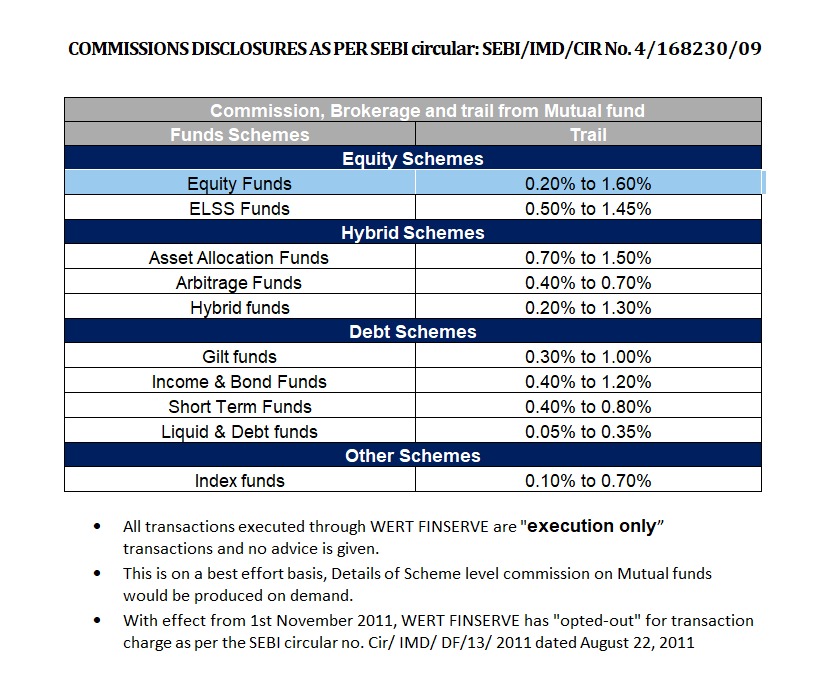Welcome to the world of investment opportunities in 2024! As we embark on another year filled with potential, the landscape of financial markets continues to evolve, presenting both seasoned investors and newcomers with prime investment picks for the year 2024.
In this ever-changing environment, staying ahead of the curve is crucial. Whether you’re a seasoned investor looking to diversify your portfolio or someone just beginning their journey into the world of finance, understanding the current market trends, and identifying prime investment opportunities is key to achieving your financial goals. It’s essential to find the best places to invest your money. Let’s look at some good options together.
Let’s dive in!
Government Bonds
The Indian government now allows individual investors to directly buy bonds. Earlier, people could only invest in government bonds through special mutual funds called gilt mutual funds. This change aims to get more people in India involved in investing in these bonds.
How to Get Them? The government tells everyone when they’ll sell these bonds. Sometimes, state governments sell State Development Loans, while the central government sells G-Secs or government bonds. You’ll need a bank account to buy these bonds, or you can hold them in a demat account.
How Much to Invest? The government decides the price of bonds when they’re up for sale.
What You’ll Get Back? Most government bonds give you a fixed amount of interest. But sometimes, the interest rate can change depending on when you buy them.
When Will It End? Government bonds can last for a year or longer, depending on the bond you buy.
Public Provident Fund
You can invest in the Public Provident Fund (PPF) for guaranteed returns with no risk involved.
How to Get Them? Almost all banks and post offices offer this option, and there’s no age limit to start. If you’re a minor, your guardian will manage the account until you turn 18.
How Much to Invest? You can invest anywhere between Rs 500 to Rs 1.5 lakh per year, and you have the flexibility to deposit money from 1 to 12 times annually.
What You’ll Get Back? Currently, the interest rate on PPF is around 7.10%, but it can change every quarter.
When Will It End? The maturity period for PPF is typically 15 years, but you can withdraw a partial amount after five years if needed. Importantly, both your investment and the interest earned are tax-free.
Post-Office Monthly Income Scheme
Post Office Monthly Income Scheme (POMIS) is a popular investment option among households, especially for individuals seeking passive income.
How to Get Them? You can open a POMIS account through the Indian postal service. It’s available for single accounts, joint accounts, and minor accounts with guardians.
How Much to Invest? To open a joint account, you need a minimum of Rs 1000. For single accounts, the maximum deposit allowed is Rs 4.50 lakh, and for joint accounts, it’s Rs 9 lakh.
What You’ll Get Back? POMIS offers an annual interest rate of 6.60%, which is paid monthly. However, the interest earned is taxable.
When Will It End? You can close the account after five years from the date of opening. If you need to close it earlier, there’s a penalty. Between one to three years, the penalty is 2%, and from four to five years, it’s 1%.
Mutual Funds
A Mutual fund is a way to invest your money in diverse funds to generate good returns.
How to Get Them? You can invest in equity mutual funds through authorized people, agencies, registered Mutual fund distributors, brokers, or online/offline apps approved by SEBI.
How Much to Invest? There’s no limit to how much you can invest. You’ll need a demat and trading account to invest in equity mutual funds.
When Will It End? If you invest in open-ended mutual fund schemes, you can take your money out whenever you want. But if you’re in a saving scheme under equity mutual funds, you’ll have to wait for three years after you take your money out.
What You’ll Get Back? Equity mutual funds usually give better returns compared to other types of mutual funds. The amount you get back depends a lot on how the stock market is doing and how the economy is. If you make a profit in the short term, you’ll have to pay a 15% tax. If you make a profit in the long term, the tax might be different.
Sovereign Gold Bonds
Sovereign Gold Bonds are like special certificates issued by the Reserve Bank of India. You can buy them in amounts of grams of gold, starting from just 1 gram.
How to Get Them? SGBs are put up for sale through auctions by the central government. They’re offered several times a year by the RBI. You can purchase these bonds either online or by visiting banks, post offices, or stock brokerage firms.
How Much to Invest? Each unit of these bonds is worth one gram of pure gold, based on the average price of gold over the past three business days. Individuals can buy up to 4 kilograms of SGBs, while trusts can purchase up to 20 kilograms. Currently, you can get a discount of Rs 50 on each unit.
When Will It End? SGBs have a maturity period of eight years. You can also cash them in early after five years if you need to.
What You’ll Get Back? The return on investment for SGBs is 2.5 percent, paid twice a year. The interest you earn is taxed based on your income tax bracket. However, you don’t have to pay any tax on the profits you make when the bonds mature.





